Introduction
Are Pigs Cannibals: The notion of cannibalism has long held a macabre fascination for humans, sparking curiosity about which creatures might engage in such unsettling behavior. One species that has been the subject of considerable intrigue in this regard is the domestic pig, Sus scrofa domestics. Pigs have earned a reputation for their voracious appetite and omnivorous nature, leading some to wonder whether they are inherently cannibalistic.
The intriguing question of whether pigs are indeed cannibals, examining their dietary habits, social behaviors, and the circumstances that can lead to instances of pig cannibalism. While it is important to differentiate between natural behaviors and isolated incidents, understanding the complexities of pig behavior sheds light on the larger tapestry of the animal kingdom and our own relationship with these fascinating creatures.
While pigs are not inherently cannibalistic creatures, instances of cannibalism do occur under certain conditions. Understanding these behaviors not only provides insights into the fascinating world of animal behavior but also invites us to reflect on our responsibilities as stewards of the animal kingdom. Ultimately, our treatment of pigs and the environments in which they live play a significant role in shaping their behavior and the perception of their species as a whole.
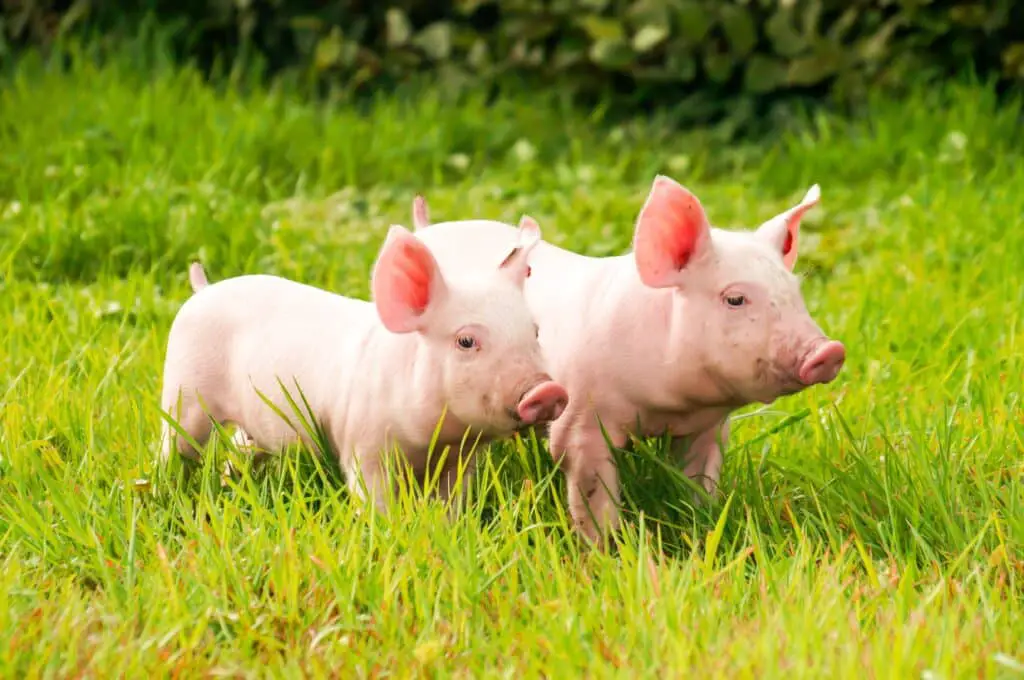
Will a pig eat a dead pig?
Many pigs do not survive the horrendous conditions. If their bodies are not removed, they are sometimes eaten by other pigs, cats, or rodents.
Yes, under certain conditions, pigs may indeed eat the carcass of a dead pig. This behavior, known as cannibalism, typically occurs when there is a lack of food, overcrowding, or other stressful environmental factors. Pigs are opportunistic omnivores, and when faced with hunger and limited food resources, they may resort to consuming the remains of deceased animals, including other pigs.
Cannibalism among pigs is generally considered abnormal and undesirable in farming and husbandry practices. Farmers and animal caregivers take measures to prevent such behaviors by ensuring proper nutrition, adequate living space, and a stress-free environment for the pigs. Prompt removal and proper disposal of deceased pigs help minimize the risk of cannibalistic behavior within a pig herd.
It’s worth noting that while cannibalism can occur among pigs, it is not a natural or inherent behavior but rather a response to adverse conditions. In more natural and well-managed environments, pigs are less likely to resort to cannibalism.
Why do pigs eat their piglets?
Savaging is most common in gilts with their first litters and is often associated with nervousness or apprehension in the gilt before farrowing. It may occur in some families or breeds and may be associated with fear of the new farrowing environment, especially when the animals have been loose housed prior to crating.
The phenomenon of sows female pigs eating their piglets, often referred to as “savaging,” can be distressing and is generally associated with various factors, both behavioral and environmental. Here are some of the reasons why this behavior may occur.
Inexperience: As mentioned, savaging is more common in gilts (young female pigs) with their first litters. Inexperienced mothers may not know how to properly care for their piglets, and their nervousness or apprehension can lead to aggressive behaviors, including cannibalism.
Stress and Fear: Savaging can also be triggered by stress and fear, especially in situations where the sow is unfamiliar with her surroundings. If the sow is anxious or uncomfortable during the farrowing process, she may react aggressively towards her piglets.
Environmental Factors: The sow’s environment plays a crucial role. If a sow has been loose-housed before being confined to a farrowing crate, she may feel stressed and agitated, leading to savaging. The transition to a more confined space can be challenging for some sows.
Genetic Factors: In certain pig breeds or genetic lines, there may be a higher predisposition to aggressive behaviors, including savaging. Some families or breeds may be more prone to this behavior than others.
Hormonal Changes: Hormonal changes that occur during the farrowing process can also influence the sow’s behavior. Some sows may become more aggressive due to these hormonal fluctuations.
Are pigs carnivores?
Pigs are naturally omnivorous and will eat both plants and small animals. In the wild they will forage for leaves, grass, roots, fruits and flowers. Because of their foraging abilities, and an excellent sense of smell, pigs are used to hunt truffles.
Pigs are naturally omnivorous animals, which means their diet includes a wide variety of foods, both plant-based and animal-based. In the wild and in more traditional farming settings, pigs are known to forage for a diverse range of food items, such as leaves, grass, roots, fruits, flowers, insects, small rodents, and other small animals. Their ability to consume such a broad range of foods makes them highly adaptable and efficient foragers.
One notable example of their omnivorous nature is their use in truffle hunting. Pigs have an exceptional sense of smell, which allows them to detect the aroma of truffles, a type of fungi that grows underground. They are trained to locate truffles by scent and then dig them up for human consumption.
So, while pigs can consume both plant and animal matter, they are not classified as strict carnivores. Instead, they fall into the category of omnivores due to their ability to thrive on a diet that includes a wide variety of food sources.
Can pigs eat the same food as humans?
Pigs are single stomach animals and can eat a varied diet similar to humans. This gives homesteaders and farmers a lot of freedom in what they feed their pigs. Pigs have basic nutritional needs that must be met to ensure proper growth and health.
Pigs can indeed eat a wide range of foods that are also consumed by humans. Their digestive systems are capable of processing many of the same foods we eat, making them versatile omnivores. Pigs can share some foods with humans, there are also limitations and considerations when feeding them
Safe Human Foods: Pigs can eat fruits, vegetables, grains, and some types of meat and dairy products. Common foods like apples, carrots, potatoes, and bread are often included in their diets.
Avoid Spoiled or Moldy Food: Pigs can consume some foods that might be past their prime for human consumption, but they should not be fed spoiled or moldy food. Just like humans, they can get sick from consuming spoiled or contaminated items.
Balanced Diet: To ensure the health and proper growth of pigs, it’s essential to provide a balanced diet that meets their nutritional needs. Consult with a veterinarian or livestock nutritionist to create a suitable feeding plan.
Avoid Toxic Foods: Some foods that are safe for humans can be toxic to pigs. For example, chocolate, onions, and certain plants can be harmful or even fatal to them. It’s crucial to be aware of foods that are toxic to pigs and avoid feeding them these items.
Quality Control: While pigs can eat many of the same foods as humans, the quality and source of the food matter. Avoid feeding them food that is heavily processed, overly salty, or contains harmful additives.
Commercial Pig Feed: Many pig owners and farmers choose to supplement their pigs’ diets with commercial pig feed. These feeds are formulated to meet the specific nutritional requirements of pigs at various life stages.
Pigs can share some of the same foods that humans eat, but their diet must be well-balanced and appropriate for their nutritional needs. It’s important to be aware of what is safe and nutritious for pigs and to consult with experts if you have specific questions about their diet. Proper care and nutrition are essential for the health and well-being of these animals.
What will pigs not eat on a human?
Human hair and teeth, on the other hand or hoof, are not digestible to hogs and will get left behind.
Pigs have a reputation for being voracious eaters and will consume a wide variety of foods, but there are certain items that they are unlikely to eat, including:
Human Hair and Teeth: As mentioned, human hair and teeth are not digestible to pigs and will typically be left behind if introduced into their diet. Pigs lack the necessary digestive enzymes to break down these materials.
Non-Edible or Inedible Objects: Pigs may investigate and root around in objects they come across, but they are unlikely to actually consume non-edible or inedible items such as plastic, metal, glass, or rocks. However, this behavior can sometimes lead to accidental ingestion of foreign objects, which can be harmful to their health.
Toxic or Harmful Substances: Pigs have a degree of instinctual knowledge about what is safe to eat, and they will generally avoid toxic or harmful substances if they can detect their presence. This includes items like poisonous plants or spoiled, rotting food.
While pigs may not typically eat certain items, their natural curiosity and tendency to explore with their mouths mean they might still interact with non-food objects. As responsible caretakers, it’s essential to provide pigs with a safe and clean environment, free from hazardous materials or substances that could harm them. Ensuring they have a well-balanced diet that meets their nutritional needs is crucial for their health and well-being.
Are pigs aggressive?
Pigs use aggression to establish the dominance-subordinate relationship. Therefore, fighting occurs especially during mixing of unfamiliar animals. Scarcity of key resources such as feed, water or space to rest will facilitate competition and fights.
Pigs can exhibit aggressive behavior, especially in certain situations and under specific conditions. Their aggression is often linked to the establishment of dominance-subordinate relationships, competition for resources, and social dynamics within a group of pigs. Here are some key factors to consider regarding pig aggression
Dominance Hierarchy: Pigs, like many social animals, establish a hierarchy within their groups. This hierarchy determines which pigs have priority access to resources such as food, water, and resting areas. Aggressive interactions can occur as pigs vie for their place within this hierarchy.
Mixing of Unfamiliar Animals: When unfamiliar pigs are mixed together, particularly in crowded or confined spaces, aggression can be more likely to occur as they establish their social order. This is often seen when pigs from different litters or groups are introduced to each other.
Resource Scarcity: Competition for essential resources, such as feed, water, or space to rest, can lead to aggressive behavior among pigs. When resources are limited, pigs may fight to secure their access.
Stress and Crowding: Overcrowding and stressful environments can exacerbate aggressive behavior among pigs. Pigs in stressful conditions may be more prone to aggressive outbursts.
Individual Variation: Just like humans, individual pigs can have varying temperaments. Some pigs may be more prone to aggression, while others may be more docile. The overall temperament of a pig can be influenced by genetics, early socialization, and environmental factors.
What to do if a pig bites you?
If the bite creates a deep puncture or the skin is badly torn and bleeding, apply direct pressure to stop the bleeding and get medical attention right away. If you develop a fever or other signs of infection swelling, redness, pain, a bad smell or fluid draining from the area see a physician immediately.
If you are bitten by a pig, it’s important to take prompt and appropriate action to address the injury and minimize the risk of infection or complications. Here are steps to follow if you are bitten by a pig.
Wash the Wound: Rinse the wound thoroughly with clean, running water. Use mild soap if available to clean the area around the wound. This helps reduce the risk of infection.
Control Bleeding: If the bite results in bleeding, use a clean cloth or sterile gauze pad to apply direct pressure to the wound. Elevating the injured area may also help reduce bleeding.
Apply an Antiseptic: After cleaning the wound, apply an antiseptic solution like hydrogen peroxide or iodine to help prevent infection. Do not use alcohol, as it can be harsh on the wound.
Cover the Wound: Cover the wound with a clean and sterile bandage or dressing to protect it from further contamination.
Seek Medical Attention: Depending on the severity of the bite, it’s essential to seek medical attention, especially if the bite is deep, causes significant bleeding, or if there is any concern about infection. Pigs carry bacteria in their mouths, and infections can develop if the wound is not properly treated.
Vaccination and Tetanus Shot: Ensure that your tetanus vaccination is up to date. Pigs’ mouths can harbor tetanus bacteria. If you are not up to date on your tetanus vaccination, your healthcare provider may recommend one.
Monitor for Infection: Keep a close eye on the wound for signs of infection, which may include swelling, redness, increased pain, warmth around the wound, discharge, or the development of a fever. If any of these symptoms occur, seek medical attention promptly.
Report the Incident: If you were bitten by a pig on someone else’s property, such as a farm, report the incident to the property owner or supervisor. They may need to take measures to prevent future incidents.
Do pigs fear slaughter?
But even leaving this to one side, the pain and fear experienced by each individual pig at every stage of the process from birth all the way up to slaughter make the possibility of a humane slaughter not only impractical but impossible.
The question of whether pigs fear slaughter is complex and multifaceted. While pigs may not have a conceptual understanding of the slaughter process in the same way humans do, they can certainly experience fear, stress, and discomfort during various stages of their life on a farm, including the process leading up to slaughter.
Sensory Experiences: Pigs have highly developed senses, particularly a keen sense of smell and hearing. They may react to the sights, sounds, and smells associated with a slaughterhouse, which can contribute to their fear and stress.
Handling and Transportation: The handling and transportation of pigs, often in crowded and unfamiliar environments, can be stressful for them. Rough handling or improper conditions during transport can exacerbate fear and anxiety.
Group Dynamics: Pigs are social animals, and separating them from their groupmates or witnessing the slaughter of others in their group can be distressing for them.
Slaughter Process: The actual process of slaughter, when not carried out under strict and humane conditions, can cause distress and pain. Proper stunning and slaughter methods are essential to minimize suffering.
Animal welfare and humane treatment are significant concerns in the livestock industry. There are regulations and guidelines in many countries that aim to ensure that animals are treated as humanely as possible throughout their lives, including during slaughter. These measures are designed to minimize stress and fear and to ensure that the slaughter process is as humane as possible.
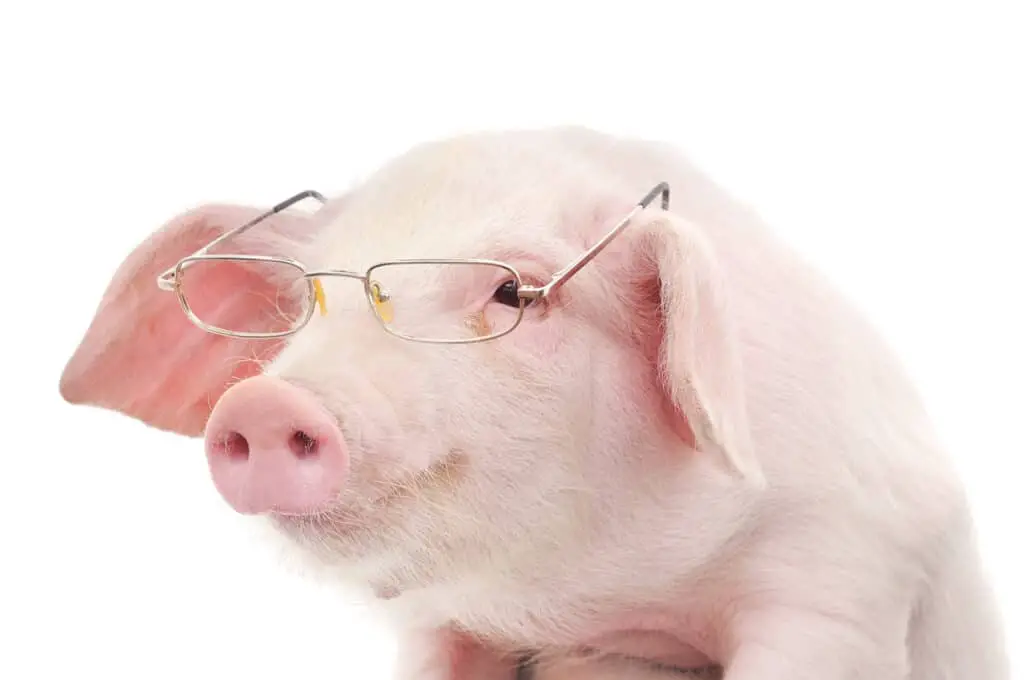
Conclusion
Pigs are cannibals is a complex and intriguing one. As we have explored the dietary habits, social dynamics, and contributing factors, it becomes evident that pigs are not inherently cannibalistic creatures. Instead, their reputation for cannibalism arises from rare instances influenced by specific environmental conditions, such as overcrowding, stress, or nutritional deficiencies.
Pig cannibalism is not merely a matter of curiosity but has important implications for animal welfare, ethical considerations in farming practices, and the conservation of both domestic and wild pig populations. It highlights the delicate balance between nature and nurture, where the environment in which pigs are raised and the care they receive significantly impact their behavior.
While pigs may exhibit cannibalistic behaviors under certain circumstances, these instances are exceptions rather than the rule. Pigs are primarily omnivorous animals with intricate social structures, and their occasional cannibalistic tendencies should be seen in the context of their complex biology and the environments we create for them. The study of pig cannibalism reminds us of the intricacies of the animal kingdom and the need for responsible stewardship in our interactions with these intelligent and adaptable creatures.

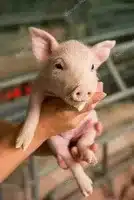
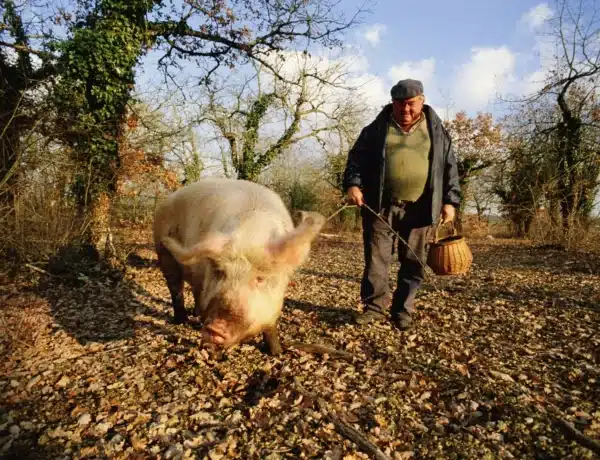
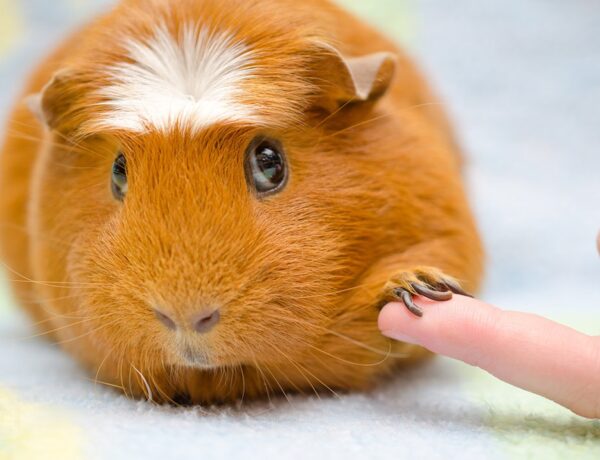
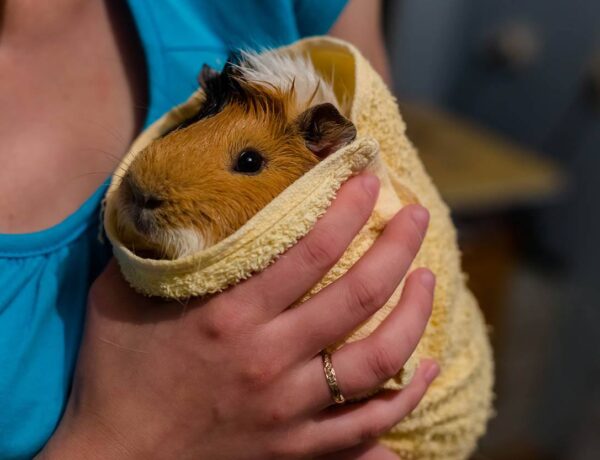
No Comments